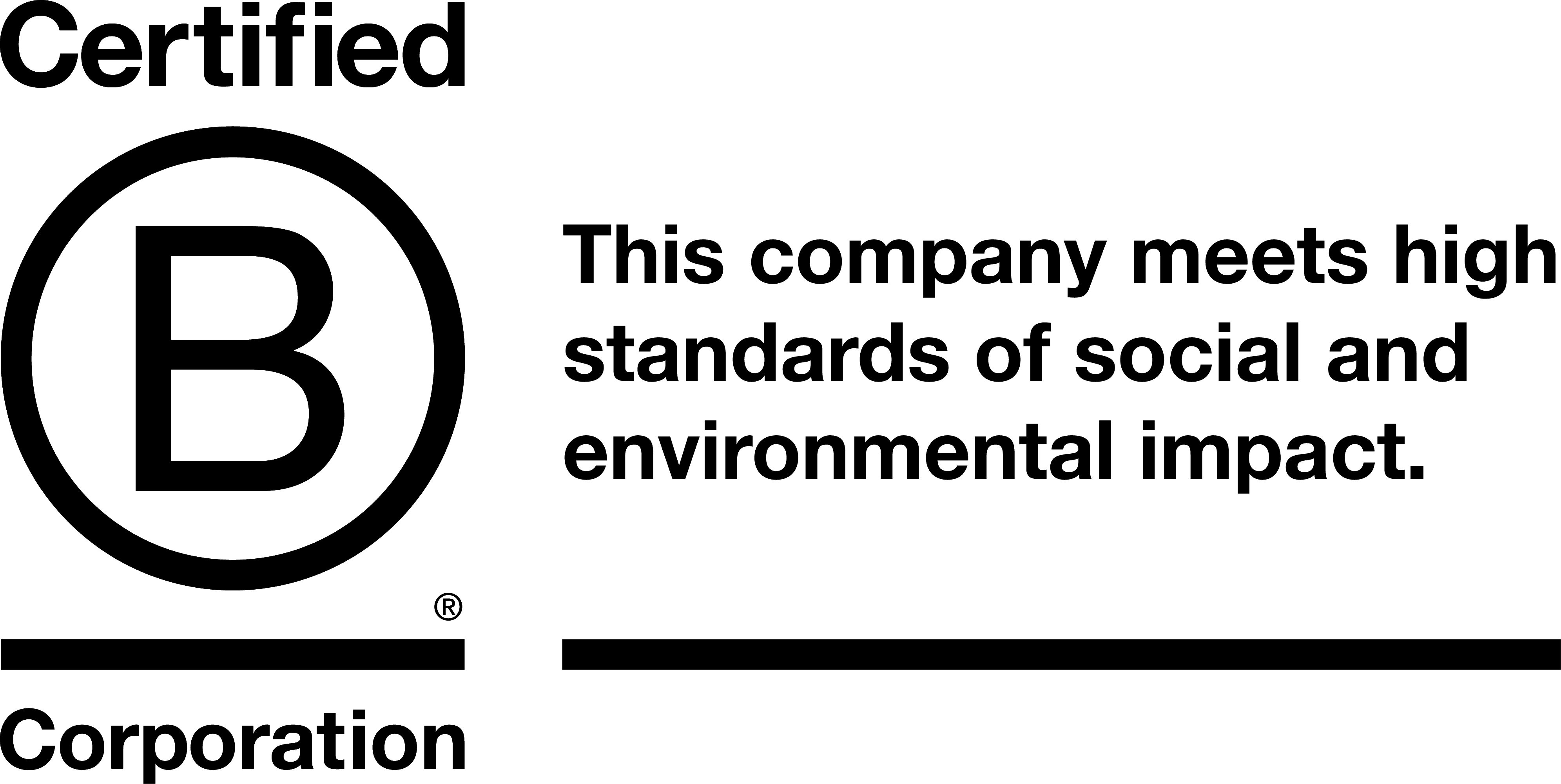TL;DR: Don't reinvent the wheel. Many organizations have created frameworks that you can use if you want to become more sustainable.
According to the law, some companies are required to obtain certifications that demonstrate their sustainable impact. Some are widely accepted, while others are relatively new. This article provides an overview and helps you determine which framework and certification best suit your company.
Introduction to sustainability frameworks and certificates
Companies aiming to become more sustainable have a wide variety of sustainable frameworks and certificates at their disposal.
These tools help businesses measure, manage, and reduce their carbon footprints effectively. However, sometimes it’s hard to choose with all these options. Regreener helps you make the right choice. This article provides a detailed overview of key sustainability frameworks and certifications, highlighting their goals and target audience.
Sustainability frameworks
Use these frameworks to map your sustainability journey.
A comprehensive subject like sustainability within your organization can be overwhelming. All the different stakeholders and goals can make you dizzy without a good framework.
We listed a few, so you can easily check which suits your organization best. Some are really ambitious and others are more basic. Our tip: Write down your sustainability strategy and try to map them out in 2 different frameworks. You will definitely create a preference after.

Source: Green Element
Environmental Management System (EMS)
An Environmental Management System (EMS) is a structured framework that organizations use to manage and improve their environmental performance.
Target audience: All companies
Goals: Set objectives, monitor progress
It provides a systematic approach to identifying and controlling the environmental impacts of an organization’s activities, products, and services. The EMS framework helps organizations set environmental objectives, implement strategies to achieve these goals, monitor progress, and continually improve their environmental practices.
Regarding CO2 reduction, an EMS plays a crucial role by integrating carbon management into the broader environmental management strategy. Organizations using an EMS are encouraged to measure their carbon emissions, set specific CO2 reduction targets, and implement measures to achieve these targets. The EMS framework ensures that carbon reduction is part of the organization’s continuous improvement process, helping to lower overall greenhouse gas emissions and enhance sustainability.

Global Reporting Initiative (GRI)
The Global Reporting Initiative (GRI) is an independent, international organization that provides a thorough framework for sustainability reporting.
Target audience: Larger companies
Goals: Better communication
It helps organizations communicate their environmental, social, and governance (ESG) performance in a transparent and standardized way.
The GRI Standards guides companies in disclosing their impacts on the economy, the environment, and society, enabling stakeholders to make informed decisions. By adopting GRI, organizations can improve their sustainability practices, enhance stakeholder trust, and contribute to global efforts for sustainable development.
The framework is widely recognized and used across various sectors, ensuring comparability and credibility in sustainability reporting.
The Global Reporting Initiative (GRI) encourages organizations to reduce CO2 emissions through a variety of practices. These include accurately measuring and transparently reporting all greenhouse gas emissions, setting clear and time-bound reduction targets, and adopting energy-efficient technologies.
Science Based Targets initiative (SBTi)
The Science Based Targets initiative (SBTi) is a global collaboration that helps companies set ambitious, science-based goals for reducing greenhouse gas emissions. These targets align with the latest climate science to effectively limit global warming to well below 2°C above pre-industrial levels, with an aim of 1.5°C if possible.
Target audience: Larger companies and financial institutions worldwide
Goals: Guiding companies through rigorous changes in their company strategy, with emission reduction as the ultimate goal
SBTi provides a clear framework for companies to develop and validate their emission reduction targets. By following this framework, companies commit to substantial reductions in CO2 and other greenhouse gas emissions. The initiative guides organizations through a rigorous process that includes measuring baseline emissions, setting specific reduction targets, and developing strategies to achieve these goals.

In relation to CO2 reduction, SBTi ensures that corporate climate actions are grounded in scientific evidence, ensuring businesses contribute meaningfully to global efforts to combat climate change. Companies that set and achieve science-based targets can significantly lower their carbon footprint, improve their resilience to climate-related risks, and enhance their reputation among stakeholders committed to sustainability.
Onboarding Nature
In parallel with the Rights of Nature movement, Onboarding Nature provides the tools for private actors to formalise nature’s voice and role in their governance structures. Nature is one of business’s most important stakeholders and by bringing Nature’s voice into an organisation, it can be recognised that the nature of business is Nature’s business.
Target audience: All companies with a focus on nature
Goals: Putting nature on the forefront, giving nature a voice

Bringing nature onboard offers numerous benefits: it enhances the authenticity and impact of sustainability strategies, enables better nature-informed business decisions while fulfilling ESG obligations and directors' duties, and protects financial investments.
Additionally, it improves care for the interconnected community by recognizing a core stakeholder and contributes to better governance practices, promoting a Nature-positive world focused on action and regeneration.
According to the framework, nature can be onboarded in four ways. Nature as inspiration involves committing through legal means or policy means, such as changing your statutory purpose or appointing nature as CEO. Nature as a shareholder entails creating distinct classes of shares committed to nature, using approaches like golden shareholder or steward ownership.
Nature as an advisor establishes nature, either legally or informally, as an advisor to your organization. Lastly, nature as a director means making nature a director, legally establishing a role with specific protections and rights, either through a singular or collective role.
Sustainability certificates
Some sustainability certificates have gotten a bad reputation in the last few years. But we believe these 4 are legit and worth looking into.
There are certificates you get by reporting on your status and certificates that map changes within your sustainability efforts.
They could both be good, as long as you use them at the right time, for the right reason.

CO2-Performance Ladder
The CO2 Performance Ladder is a Dutch certification scheme designed to help organizations manage and reduce their carbon emissions.
Target audience: All companies
Goals: Creating an easy step-by-step plan to improve sustainability efforts
It serves as both a management tool and a procurement requirement, encouraging companies to take a proactive approach to carbon reduction. The ladder consists of 5 levels, each representing a higher degree of carbon management and reduction.
Organizations start by calculating their carbon footprint, which includes direct and indirect emissions. They then implement strategies to reduce these emissions, such as improving energy efficiency, adopting renewable energy sources, and optimizing operational processes. As companies progress up the ladder, they are required to demonstrate increasingly comprehensive carbon reduction efforts and achievements.
The CO2 Performance Ladder incentivizes continuous improvement in carbon management by linking certification levels to procurement advantages, thereby promoting sustainable practices across the supply chain. By participating in this scheme, organizations can significantly lower their carbon footprint, enhance their sustainability credentials, and contribute to broader climate action goals.

B Corp
B Corp is a certification awarded to businesses that meet high standards of social and environmental performance, accountability, and transparency. Certified by the non-profit organization B Lab, B Corps are companies committed to using their business as a force for good, balancing profit with purpose.
Target audience: Organizations that want to be a force for good, mostly SMEs
Goals: Making sure all companies will do good to at least a minimum amount

The certification process evaluates a company's impact on its workers, customers, community, governance, and environment. Companies undergo a comprehensive assessment by B Lab, scoring on various metrics. Certification requires meeting a minimum score and committing to transparent reporting and continuous improvement.
As part of the assessment of its environmental impact, B Corp measures a company’s carbon footprint. To achieve certification, companies are encouraged to reduce their carbon footprint and must demonstrate continuous improvement in their sustainability practices, including efforts to cut carbon emissions.
EcoVadis
EcoVadis is a global platform that provides sustainability ratings for companies, evaluating their performance across a range of environmental, social, and ethical criteria.
Target audience: All companies
Goals: Helps manage risks and compliance, meet corporate sustainability goals
It helps organizations assess and improve their sustainability practices by offering detailed scorecards and actionable insights. EcoVadis covers various sustainability themes, including carbon management and reduction.

In relation to CO2 reduction, EcoVadis assesses companies on their efforts to measure, report, and reduce greenhouse gas emissions. It encourages organizations to adopt sustainable practices, enhance energy efficiency, and implement carbon reduction strategies. By providing a comprehensive evaluation, EcoVadis enables companies to benchmark their performance, identify areas for improvement, and demonstrate their commitment to sustainability to stakeholders and customers.
This platform helps drive corporate responsibility and fosters a culture of continuous environmental improvement, particularly in managing and reducing CO2 emissions.
ISO 14001 (Environmental Management Systems)
ISO (The International Organization for Standardization) is a worldwide federation of national standards bodies. ISO 14001 provides organizations with a framework to manage their environmental responsibilities systematically.
Target audience: All companies, focusing on manufacturing and production
Goals: Standardizing environmental performance requirements
The purpose of ISO 14001 is to help organizations protect the environment and respond to changing environmental conditions in balance with socio-economic needs. It specifies the requirements for an effective Environmental Management System (EMS), which aids organizations in enhancing their environmental performance, complying with legal and other requirements, and achieving their environmental objectives.

This standard encourages businesses to reduce their environmental impact, minimize waste, and use resources efficiently. By adopting ISO 14001, organizations can better control their environmental risks, improve operational efficiency, and demonstrate their commitment to environmental stewardship to stakeholders.
The most important certificates per theme
Additionally, there are theme-specific certifications that allow you to demonstrate your company's expertise in particular sustainability areas. KIWA, an expert in sustainable certification, has compiled a list of various certifications categorized by theme.
Conclusion
Adopting sustainability frameworks and certificates is crucial for businesses aiming to reduce their carbon footprint and enhance their environmental performance.
Each framework offers unique benefits and operational mechanisms, providing a pathway for businesses to achieve significant and measurable sustainability goals. By integrating these frameworks into their operations, companies can contribute to a sustainable future while improving their market competitiveness.
Do you need any guiding through the sustainability landscape? Then get in contact with us.








